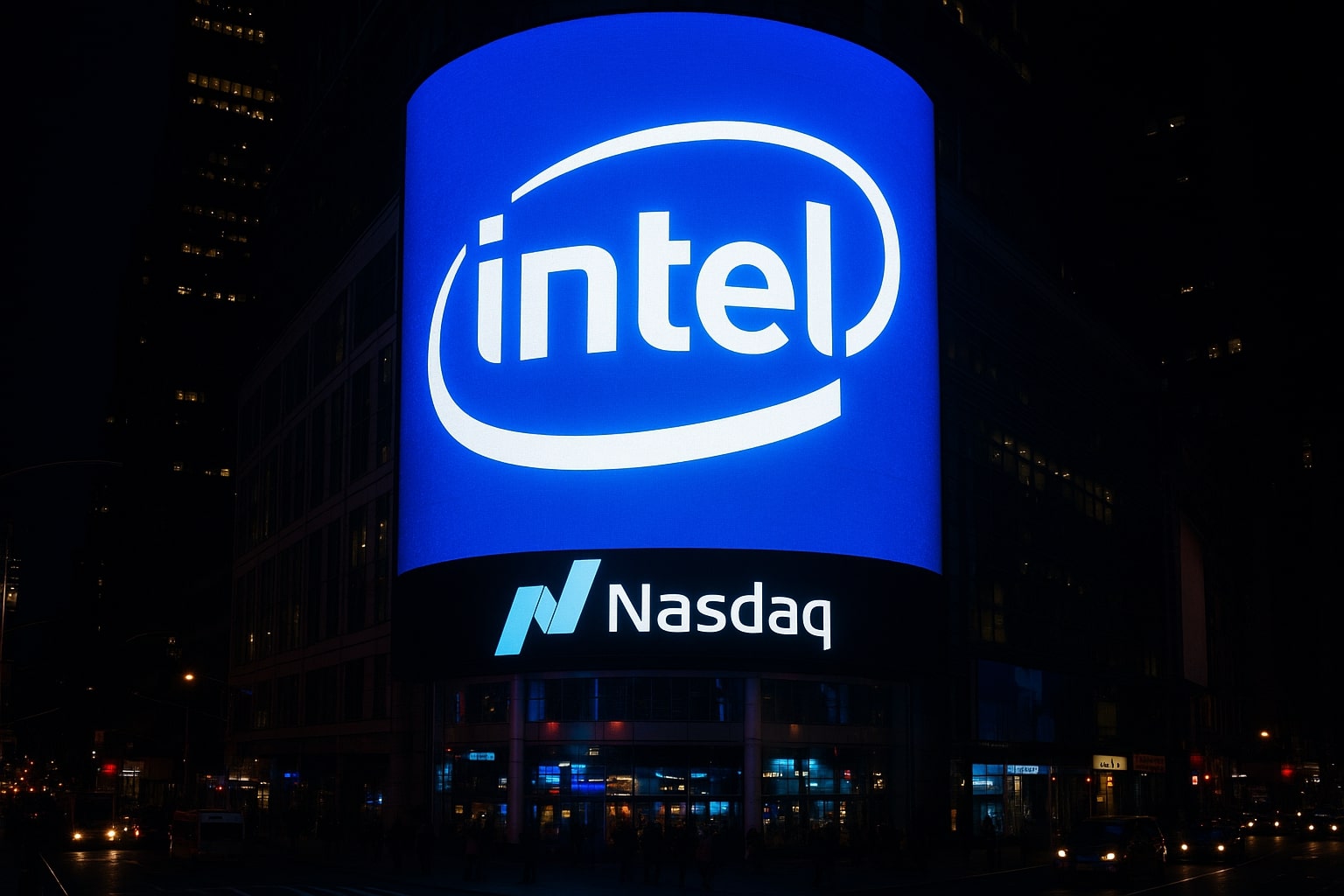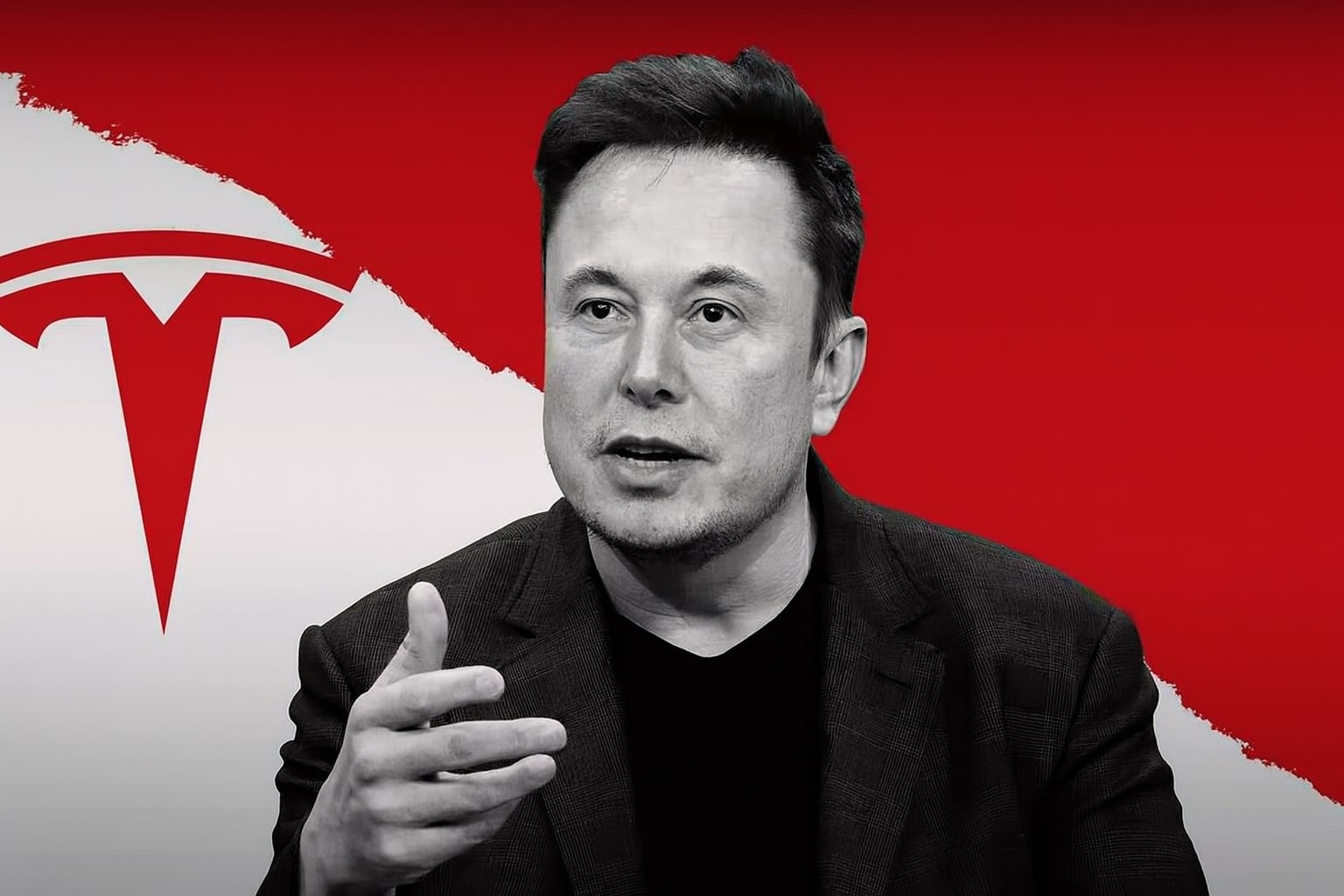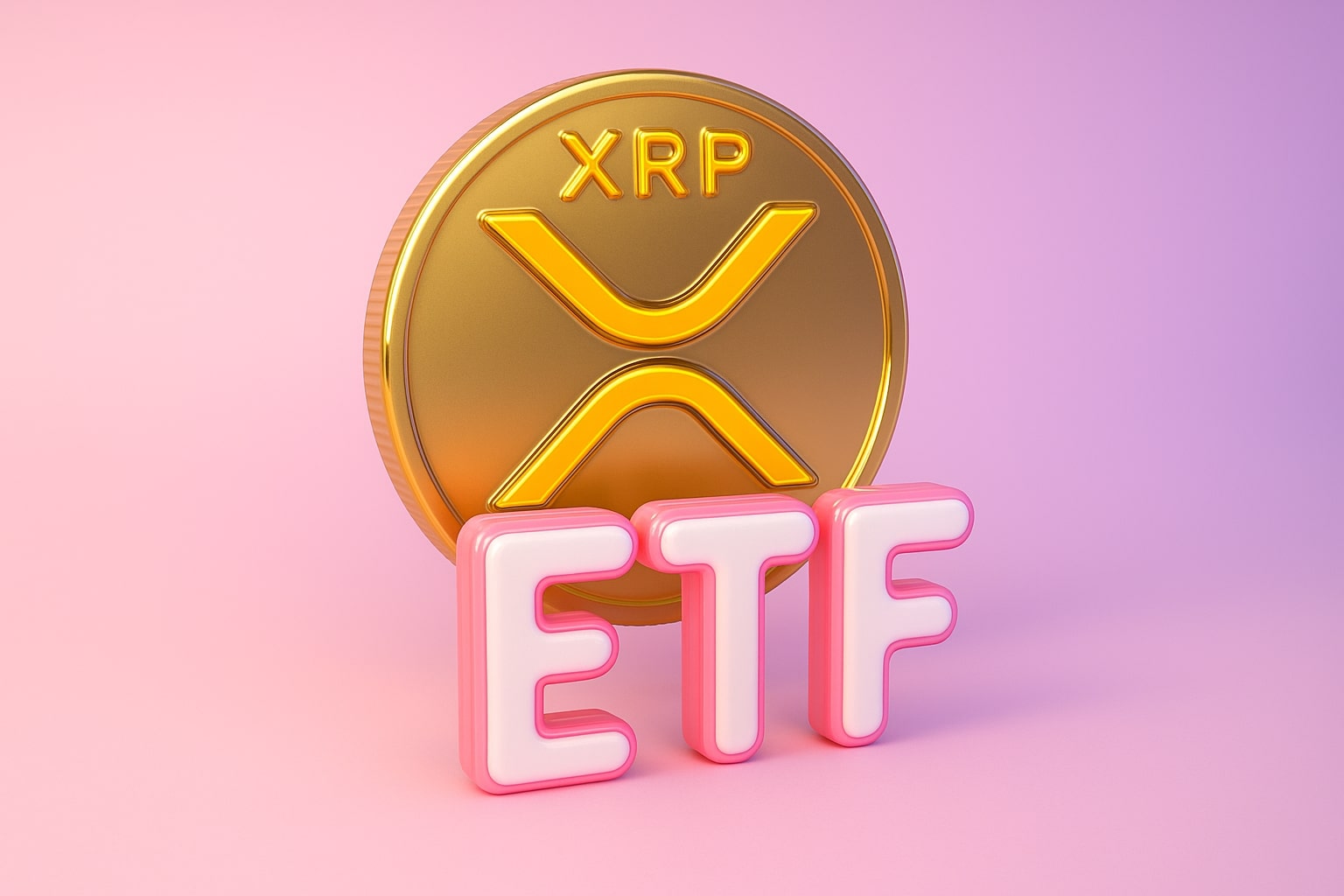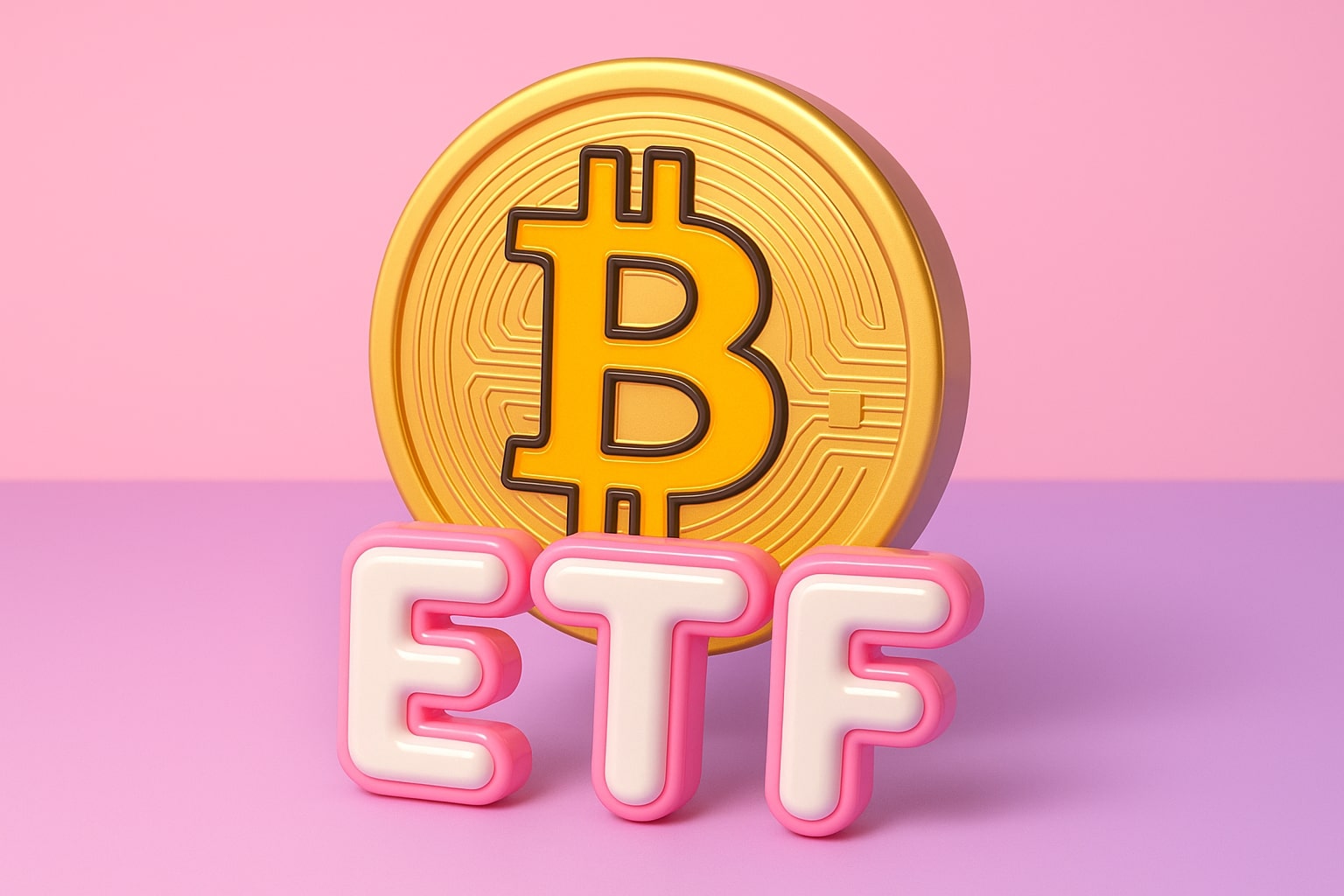
Intel Stock Price Forecast: INTC Aims for $47, AI Foundry Momentum and Microsoft Deal Redefine Growth
Intel (NASDAQ:INTC) consolidates near $38, targeting $45–$47 after a 2,200% earnings surprise and strong Q3 performance | That's TradingNEWS
Intel (NASDAQ:INTC) Reclaims Momentum With Q3 Earnings Beat and Foundry Revival
Intel Corporation (NASDAQ:INTC) is regaining investor confidence after a powerful third-quarter rebound that underscored early traction in its long-promised turnaround. Shares trade around $38.28, slightly off the week’s $39.65 high, reflecting a 72% surge over six months and positioning near the top of its 52-week range ($17.66–$41.12). With a market capitalization of $182.4 billion, Intel surprised Wall Street by posting Q3 2025 revenue of $13.7 billion, exceeding estimates of $13.13 billion, and delivering earnings per share (EPS) of $0.23—a 2,200% upside surprise versus the expected $0.01. On a GAAP basis, EPS hit $0.90, beating consensus by over $1.10, driven by stronger gross margins and deep operating cost reductions.
Earnings Strength Built on Cost Discipline and Product Mix Shifts
Intel’s gross margin recovered to 51.37%, supported by lower inventory write-downs and a favorable shift toward higher-margin server and AI products. R&D and MG&A expenses dropped 20% year over year to $4.4 billion, validating management’s cost-efficiency drive. Net income (GAAP) surged 124% YoY, confirming early payoffs from restructuring under CEO Lip-Bu Tan. For the December quarter, Intel guided $13.3 billion in revenue—roughly aligned with consensus of $13.4 billion—implying steady volume across Client Computing and Data Center segments even after the Altera and Mobileye divestitures.
Intel Foundry Gains Credibility Through Microsoft AI Partnership
The strategic breakthrough came as reports surfaced that Microsoft committed to manufacture its next-generation Maia AI chip using Intel’s 18A process, which features backside power delivery for improved efficiency. The initial Maia chip used TSMC’s 5 nm node; moving to Intel marks a pivotal validation for Intel Foundry Services (IFS). The deal signals potential multi-chip collaboration as Microsoft’s data-center capital spending—projected to reach $30 billion in Q1 FY 2026—ramps sharply to support AI workloads on Azure. Intel’s foundry pipeline, now extending to 18A-P and 14A nodes, positions the firm as the only Western alternative to TSMC for advanced AI accelerators.
Political Tailwinds Reinforce the U.S. Semiconductor Ambition
The Trump administration’s semiconductor initiative has been instrumental in bolstering Intel’s domestic manufacturing strategy. Following a White House agreement, Intel is contractually bound to maintain foundry operations for at least five years, backed by subsidies and penalties designed to ensure capacity resilience. In Q3 2024, Intel’s foundry unit recorded a $5.8 billion operating loss; that narrowed to $2.3 billion in Q3 2025 on $4.2 billion revenue, reflecting significant progress. The partnership with the U.S. government, along with investments from SoftBank and Nvidia, underscores a coordinated effort to reduce dependence on Asia and secure domestic chip sovereignty.
Nvidia and SoftBank Investments Signal Institutional Confidence
Nvidia’s $5 billion equity stake in Intel’s foundry ecosystem and SoftBank’s participation in the Altera divestment reinforce market conviction that Intel is a strategic linchpin in U.S. AI infrastructure. These alliances help Intel diversify revenue beyond x86 processors into high-margin manufacturing for external customers. The foundry unit’s losses, once viewed as a liability, are evolving into a strategic moat backed by capital inflows, government incentives, and new client demand.
Analysts Split on Valuation but Recognize Turnaround Momentum
Analyst sentiment has become increasingly nuanced. Stifel reiterated a Hold with a $35 target, calling for stable near-term performance. Mizuho lifted its target to $41, maintaining a Neutral stance, citing improving AI and data-center visibility. Erste Group went further, hiking its target from $23 to $41.10 following Intel’s $15 billion improvement in net debt, which now reflects a $4.3 billion reduction quarter over quarter. The deleveraging came through asset sales, government support, and disciplined working-capital management. Collectively, these revisions mark Intel’s strongest analyst momentum in two years, indicating broader confidence in management’s execution.
Read More
-
VIG ETF Hits $220.60 as Dividend Growth and $116.6B AUM Signal Renewed Upside
09.12.2025 · TradingNEWS ArchiveStocks
-
XRP ETFs Cross $1.2B AUM as XRPI at $12.34 and XRPR $17.31 Signal Accelerating Institutional Demand
09.12.2025 · TradingNEWS ArchiveCrypto
-
Natural Gas Prices Slide to $4.60 (NG=F) After Two-Day 13% Drop — EIA Still Sees $5 Average
09.12.2025 · TradingNEWS ArchiveCommodities
-
USD/JPY Price Forecast - Pairs Steadies Near 156.90 as Fed Cut and Yield Gap Shape Path Toward 157.80
09.12.2025 · TradingNEWS ArchiveForex
Financial Stability Strengthens as Cash Flows Rebound
Intel ended Q3 with $30.9 billion in cash and short-term investments against $32.3 billion in current liabilities, delivering a robust current ratio of 1.0. The balance sheet remains resilient despite heavy capital expenditures tied to foundry expansion in Arizona, Ohio, and Ireland. Management continues to prioritize debt reduction while maintaining dividends, supported by consistent free cash flow. Sequential net-debt improvement of $15 billion highlights financial discipline amid large-scale restructuring.
Competitive Position and Market Valuation Realignment
With a price-to-sales ratio well below NVIDIA (NASDAQ:NVDA) and AMD (NASDAQ:AMD), Intel trades at an effective forward P/S of 3.1 versus NVIDIA’s > 20 and AMD’s 9+. Despite a headline forward P/E near 120.4, Intel’s valuation reflects transitional earnings suppressed by foundry investment. Normalized on potential EPS growth of $1.20–$1.50 by 2026, the implied P/E compresses below 30, consistent with cyclical semiconductor averages. This re-rating potential underpins institutional optimism for multiple expansion as profitability stabilizes.
Intel’s AI Foundry Strategy Challenges TSMC’s Dominance
TSMC (NYSE:TSM) commands roughly 64% global foundry market share, with Samsung a distant second. Intel’s entry through advanced nodes (18A and 14A) provides critical supply diversification for Western clients. The company’s backside power delivery innovation grants 10–15% efficiency gains, narrowing TSMC’s performance lead. The foundry’s shift from internal to external production is central to Intel’s new model—turning competitors like AMD, NVIDIA, and Microsoft into potential customers rather than adversaries.
AI Infrastructure Boom Expands Intel’s Total Addressable Market
Global AI-chip demand is projected to grow 45% annually through 2027, creating persistent shortages in advanced nodes. Intel’s alignment with U.S. data-center expansion and partnerships with hyperscalers opens a market exceeding $100 billion by 2026. The company’s Data Center and AI Group (DCAI) continues to receive priority wafer allocations, reflecting Intel’s internal pivot toward high-growth segments. Management projects that foundry cost headwinds will persist through Q1 2026, with full-scale margin recovery expected in H2 2026 as the 18A ramp matures.
Investor Sentiment Balances Execution Risk With Strategic Necessity
Despite the turnaround narrative, investors remain aware of Intel’s execution risks. Foundry losses, complex node transitions, and dependence on government subsidies introduce volatility. However, the political imperative to secure U.S. chip independence ensures ongoing policy support. Should the Trump administration’s industrial strategy persist through 2026, Intel’s foundry may evolve into a quasi-public utility for advanced manufacturing—a status that could deliver predictable revenue streams insulated from market cycles.
Technical Picture and Market Dynamics
Technically, INTC trades just below its 52-week high of $41.12, consolidating around $38–$39 after an extended six-month rally. The 200-day moving average near $33.40 acts as major support, while short-term resistance stands at $40.80. Average daily volume of 128 million shares far exceeds current turnover of 9.4 million, implying lighter participation as traders await confirmation of margin recovery. The relative strength index sits in the mid-60s, indicating moderate momentum without overbought conditions.
Long-Term Outlook: Balancing Political Support, AI Demand, and Execution Risk
Intel’s multi-year roadmap depends on flawless execution of 18A and 14A nodes, expanded foundry partnerships, and continued geopolitical support for U.S. semiconductor independence. Cost optimization, debt reduction, and asset divestitures have strengthened liquidity, while strategic collaborations with Microsoft, Nvidia, and SoftBank lay the groundwork for diversified growth. The foundry transformation—once a liability—now positions Intel as the Western hemisphere’s cornerstone supplier for next-generation AI chips.
Verdict on Intel (NASDAQ:INTC)
After integrating all available data—earnings recovery, foundry turnaround, political tailwinds, financial discipline, and cross-industry partnerships—Intel (NASDAQ:INTC) emerges as a Buy for investors with a long-term horizon. The stock’s fair value sits near $45–$47 based on 2026 earnings normalization, implying ~20% upside from current levels. While short-term volatility may persist as Intel absorbs 18A ramp costs, the confluence of technological progress, government backing, and AI-driven demand solidifies Intel’s comeback as both a strategic and financial story to watch.


















